Design Research in Action
As a design researcher, my job is to put people right at the heart of the design challenge.
Whether the project is to create an exhibition, improve a complex system, or design a new service, I use an evidence-based, research-first approach to ensure the final solution is effective, meaningful, and responsible.
Get a feel for my process below.

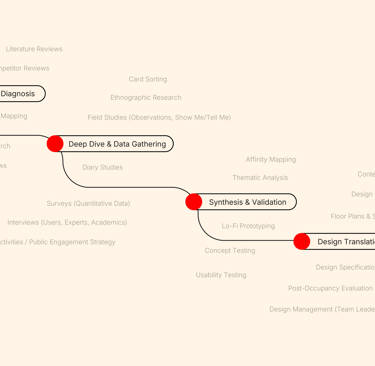
Before we build, we listen. This phase establishes the landscape and the core problem.
01 Discovery & Diagnosis
Understanding the System: We start with market analysis, competitor reviews, and desk research (like literature reviews).
Stakeholder Mapping: I conduct in-depth interviews and workshops with everyone who touches the project—from owners and managers to cleaners, teachers, and service deliverers.
Methods in Play: We use a custom mix of tools: group workshops, shadowing, observation, and custom activities to uncover insights they may not even realize were important.
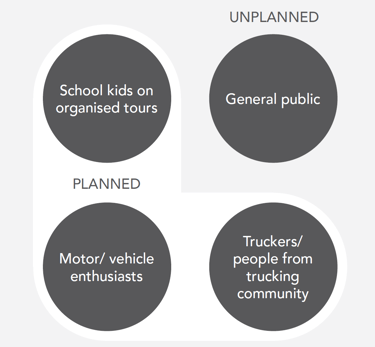

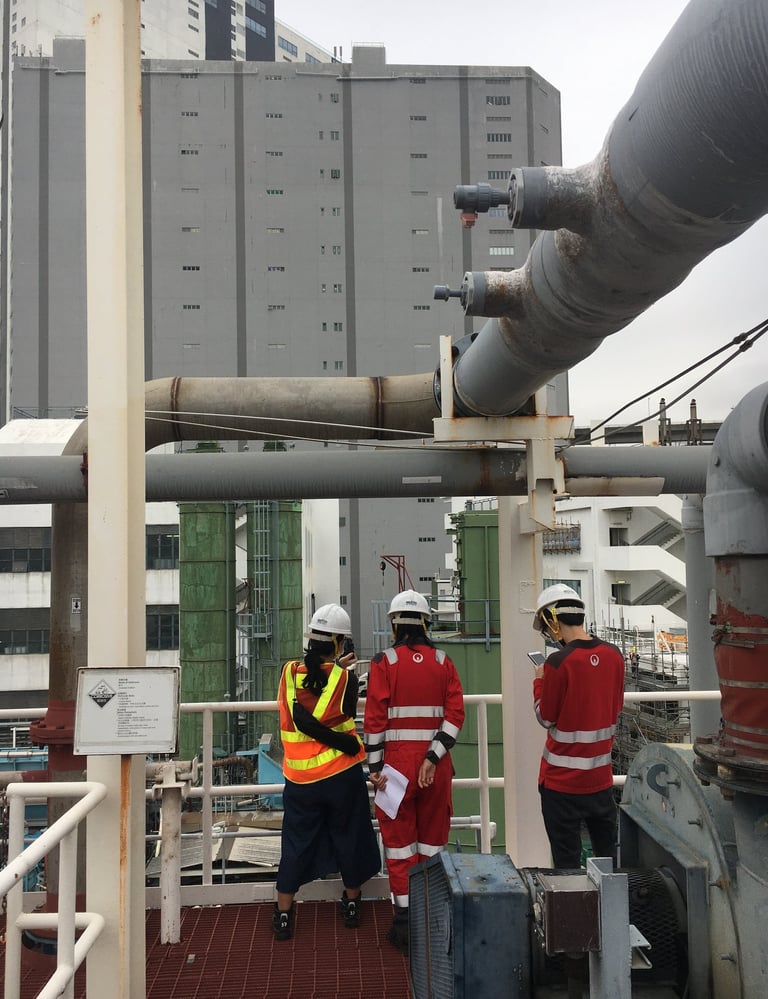

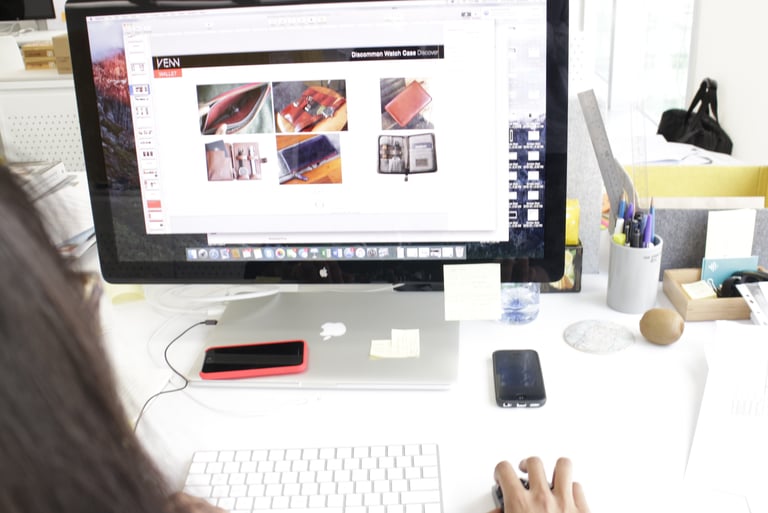


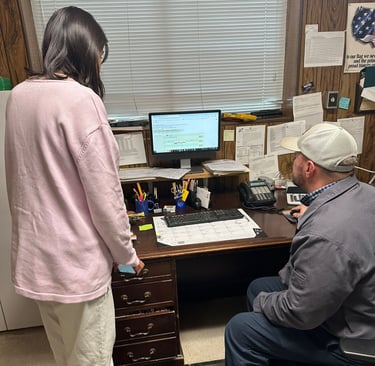
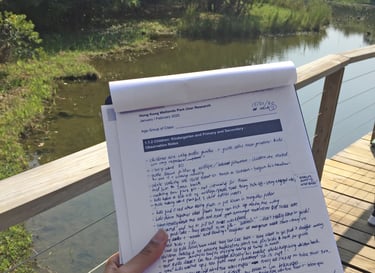

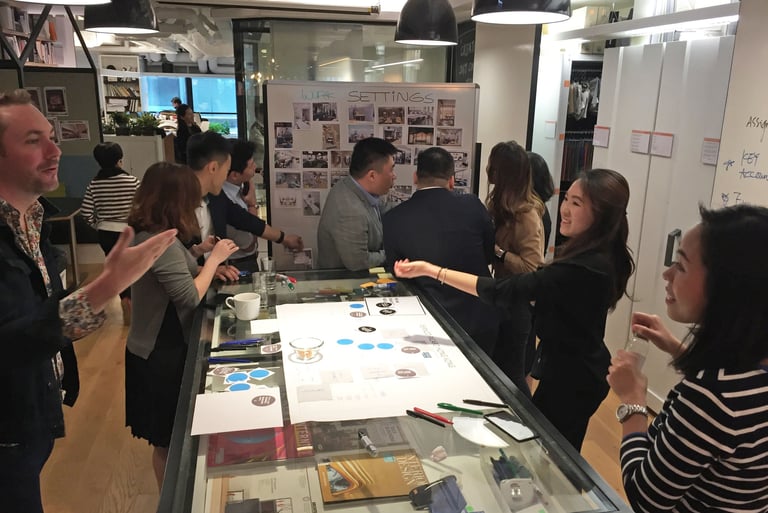

Once the client's goals are clear, we go out and talk to the people who will actually use the solution.
02 Deep Dive: Getting to Know the User
Breadth of Voices: I speak with a diverse range of users: retirees, students, parents, wheelchair users, people with autism.
Expert Consultation: We engage accessibility consultants, academics, and pedagogy experts to bring expert knowledge to our research and design implications.
Ethnographic Methods: We employ research methods—like field studies, interviews, card sorting, and diary studies—to get right under the skin of the who, what, why, and how behind their needs and motivations.

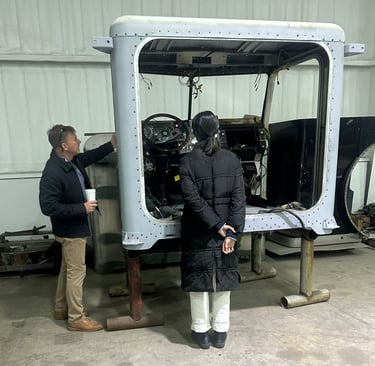

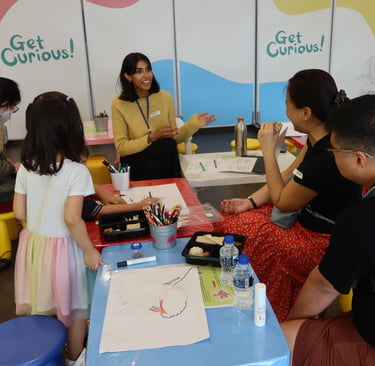
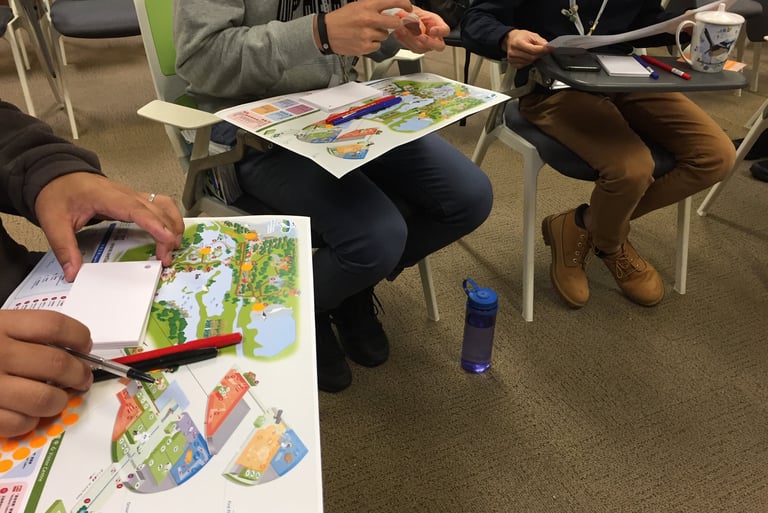


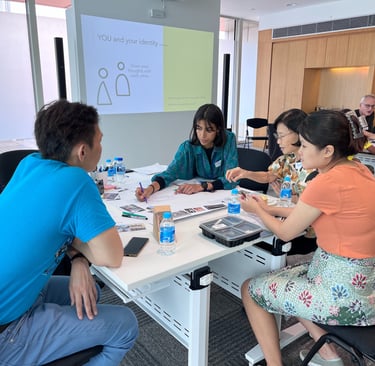
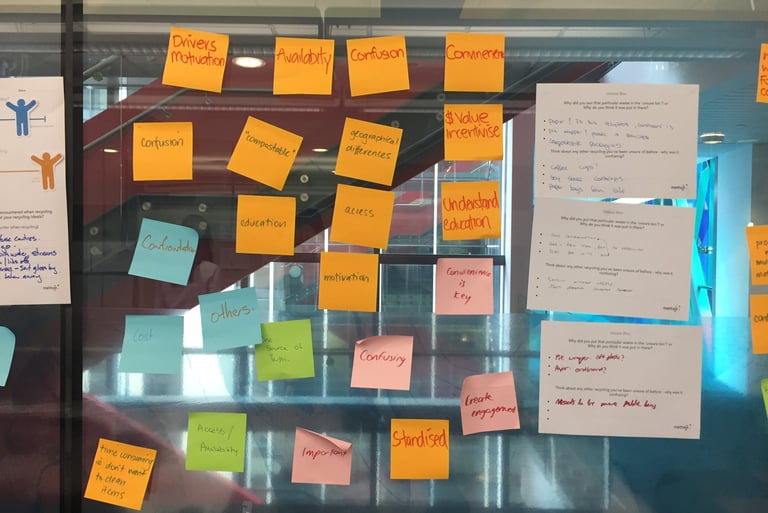

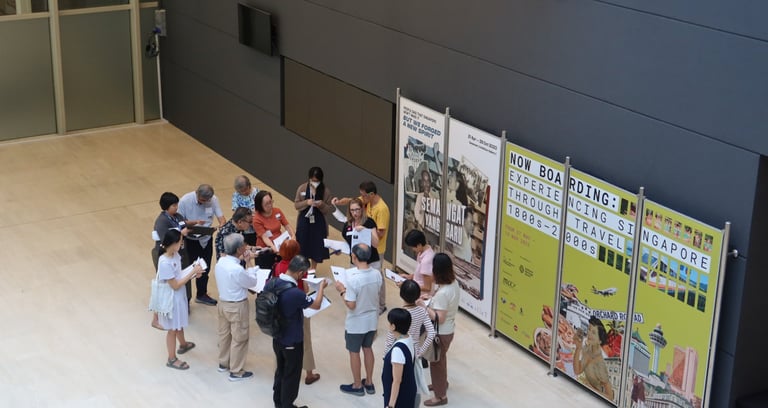

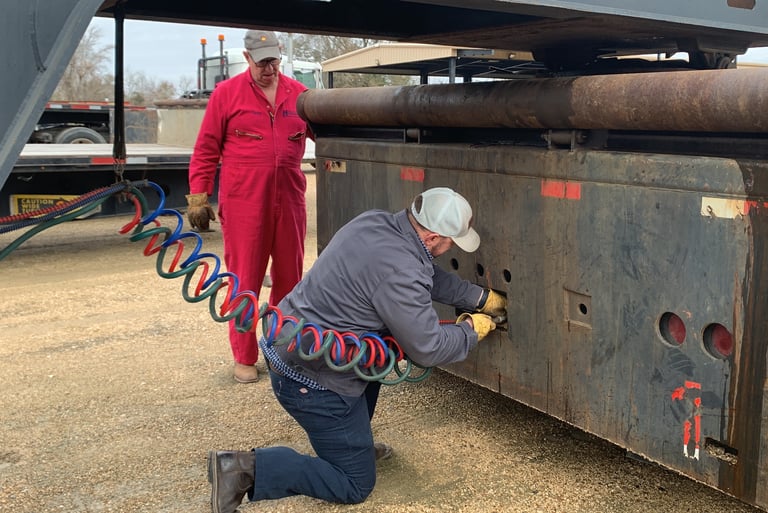

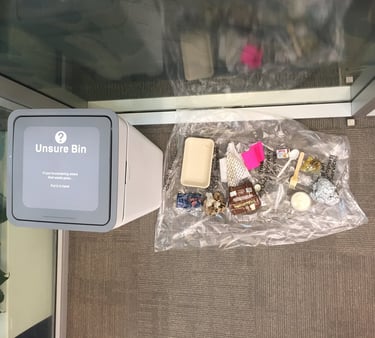

This is where the magic happens: turning noise into signal.
03 Synthesis, Testing & The Blueprint
Finding the Gold: I use synthesis techniques like Affinity Mapping to make sense of messy data, find the patterns, and distill those busy findings into a golden thread of actionable insight.
Iterative Testing: We turn those insights into lo-fi prototypes and design options, then return to users for concept and usability testing. Is the space too bright? Does the flow make sense? We get answers.
The Final Deliverable: This entire process informs a final Design Specification and Recommendations Report. It is an engaging, evidence-based blueprint that is a delight for both the client and the design team to read.
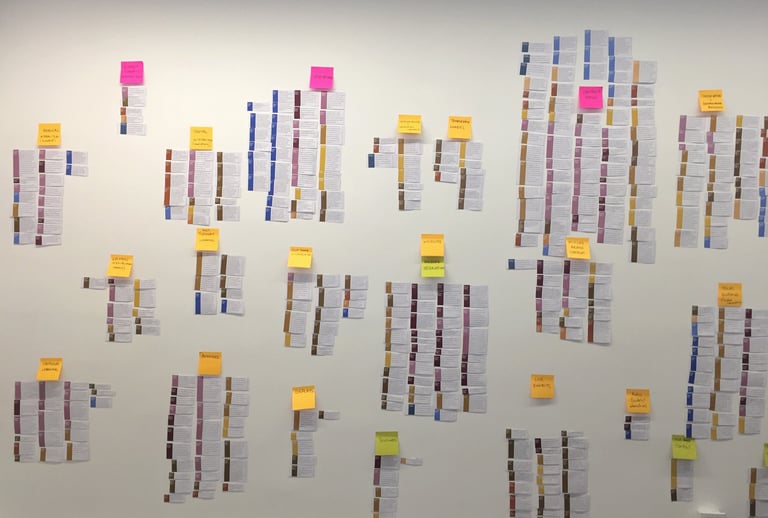

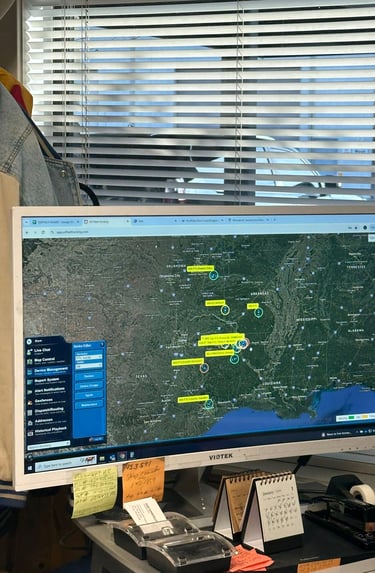

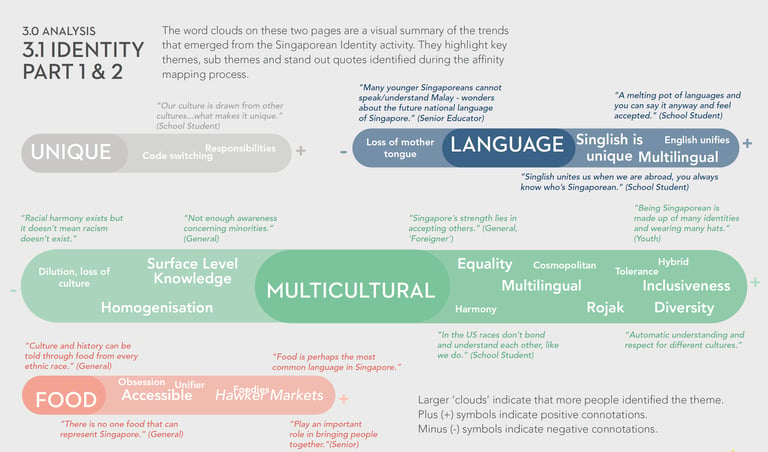

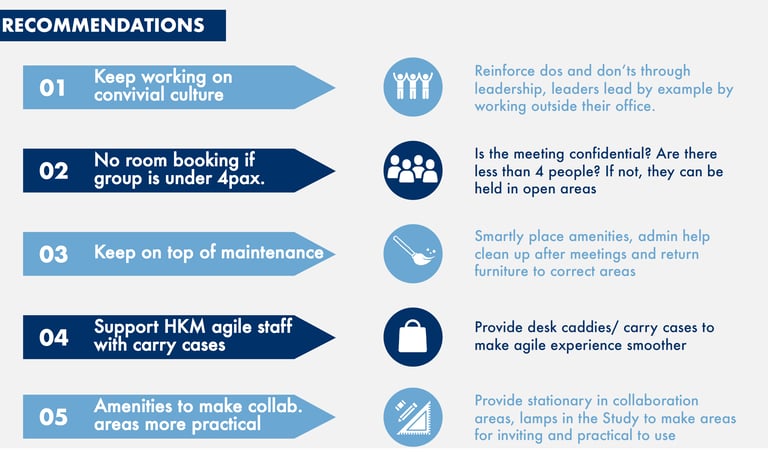

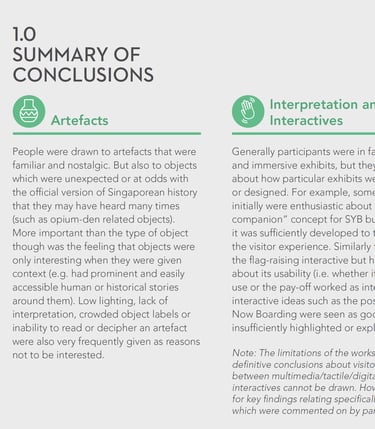


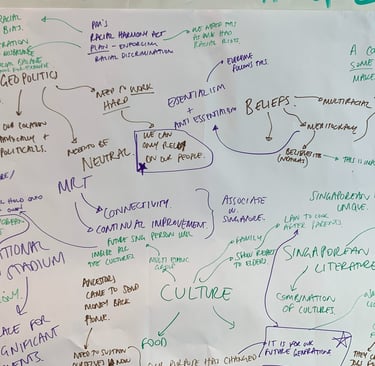
Design research is a responsible and powerful way to design. It ensures every voice is heard—from the client to the user to the designer—and curtails the problem of creating ‘solutions’ that are wasteful or obsolete.
The variety of people I've learned from is my biggest asset: I’ve had in depth conversations with business owners, government workers, Kiwi office workers, recycling plant operators, cleaners, Singaporean citizens, Hong Kong teachers, American truckers, nursery students, uni students, First Nations storytellers, artists, archeologists, learning experts, academics, charity leaders, and my own nieces!
The Power of Design Research
Feel free to reach out to hear more about specific projects or to explore a collaboration.
